I launched my program in the foreground (a daemon program), and then I killed it with kill -9, but I get a zombie remaining and I m not able to kill it with kill -9. How to kill a zombie process?
If the zombie is a dead process (already killed), how I remove it from the output of ps aux?
root@OpenWrt:~# anyprogramd &
root@OpenWrt:~# ps aux | grep anyprogram
1163 root 2552 S anyprogramd
1167 root 2552 S anyprogramd
1169 root 2552 S anyprogramd
1170 root 2552 S anyprogramd
10101 root 944 S grep anyprogram
root@OpenWrt:~# pidof anyprogramd
1170 1169 1167 1163
root@OpenWrt:~# kill -9 1170 1169 1167 1163
root@OpenWrt:~# ps aux |grep anyprogram
1163 root 0 Z [anyprogramd]
root@OpenWrt:~# kill -9 1163
root@OpenWrt:~# ps aux |grep anyprogram
1163 root 0 Z [anyprogramd]
